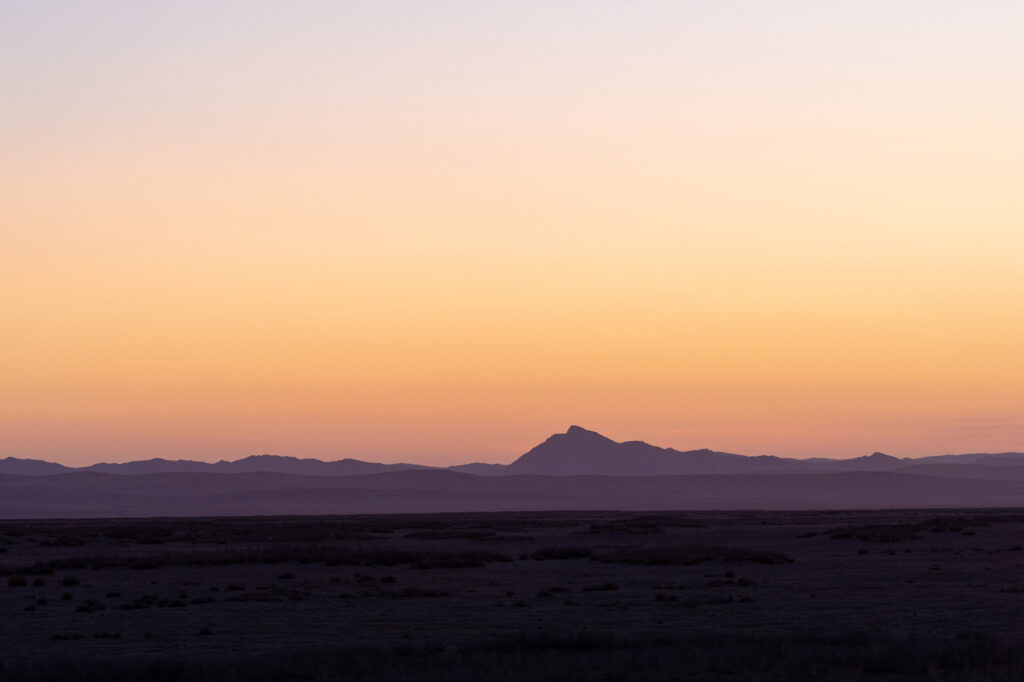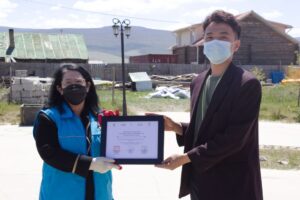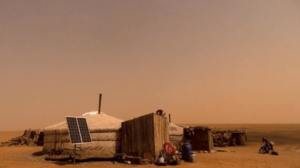Mongolia: just a flat steppe? Much more… a terrestrial heaven!
Everyone in the world knows Mongolia due to the old huge empire, the nomadic lifestyle and the endless steppe. No one knows Mongolia because of its environmental heritage. Most of the people believe that Mongolia is just a “boring” flatland in the middle of the old Asian continent. There’s nothing so wrong!
First of all, the steppe is not boring at all, but it represents a very rich environment, habitat for many species, characterized by well-defined ecological dynamics which should really be observed by life science students to learn how ecology works. Secondly, Mongolia hosts a very high diversity in terms of ecosystems!
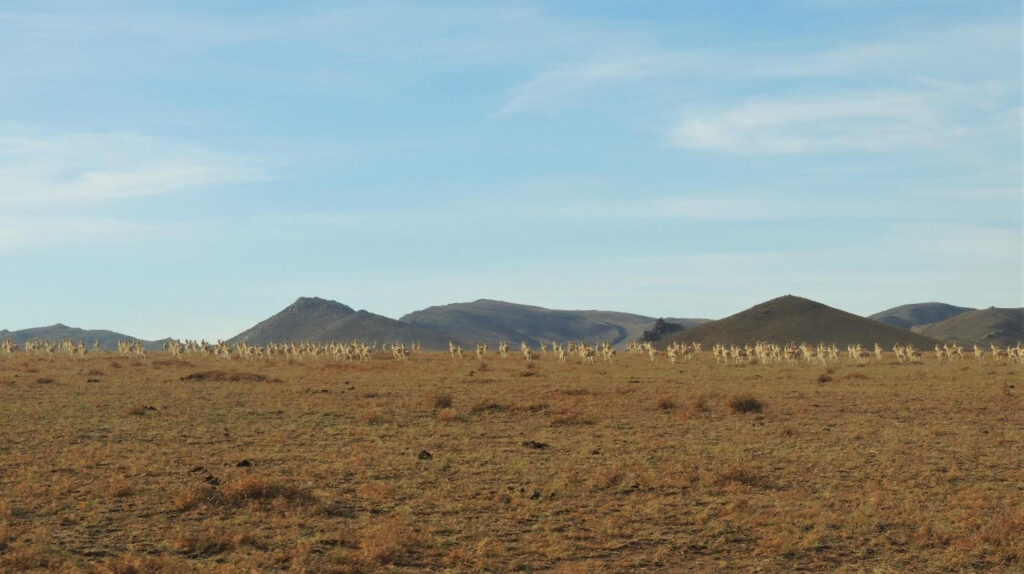
Mongolia counts 16 ecoregions including lake depressions, boreal mountains, deserts, steppe, and forests. To get a measure of Mongolian’s environmental diversity, let’s take into account other rich and wonderful areas such as Kenya which has 12 ecoregions, and in the whole African Continent only the Democratic Republic of Congo and South Africa host a higher number of ecoregions than Mongolia (18). There is more… let’s talk about threatened mammal species! Nine threatened mid-large mammals live in Mongolia, without counting other threatened subspecies like the Gobi bear, or elusive species such as the wolverine, the Pallas’s cat, and several species which are categorized as “Near Threatened” by the IUCN red list.
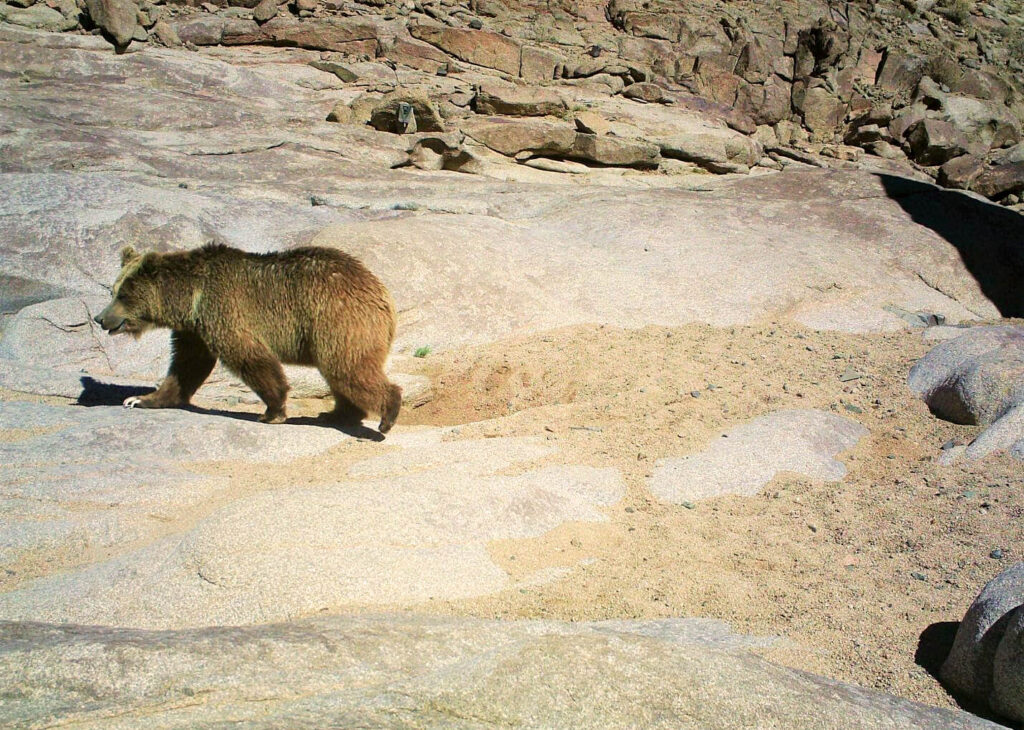
So Mongolia represents one of the last but not least places in the world where the environment is healthy because humans are present in a very low density and human activities are still sustainable thanks to the nomadic traditional lifestyle. Here, nature can be enjoyed without any artefact, even allowing humans to live and use natural resources. It is difficult to photograph some wild animals in details, since they see other species as prey or predators and here humans are still predators and not simply tourists or photographers. Therefore, animal spotting is not so easy if not from a certain distance. However, you can find your corner of paradise anywhere in this country. For instance, let’s get a “trip” to a “boring” steppe area, in the south of the Tuv province. Well, the district where we work on Pallas’s cat is mainly characterized by steppe as shown in many movies and documentaries related to Mongolia.
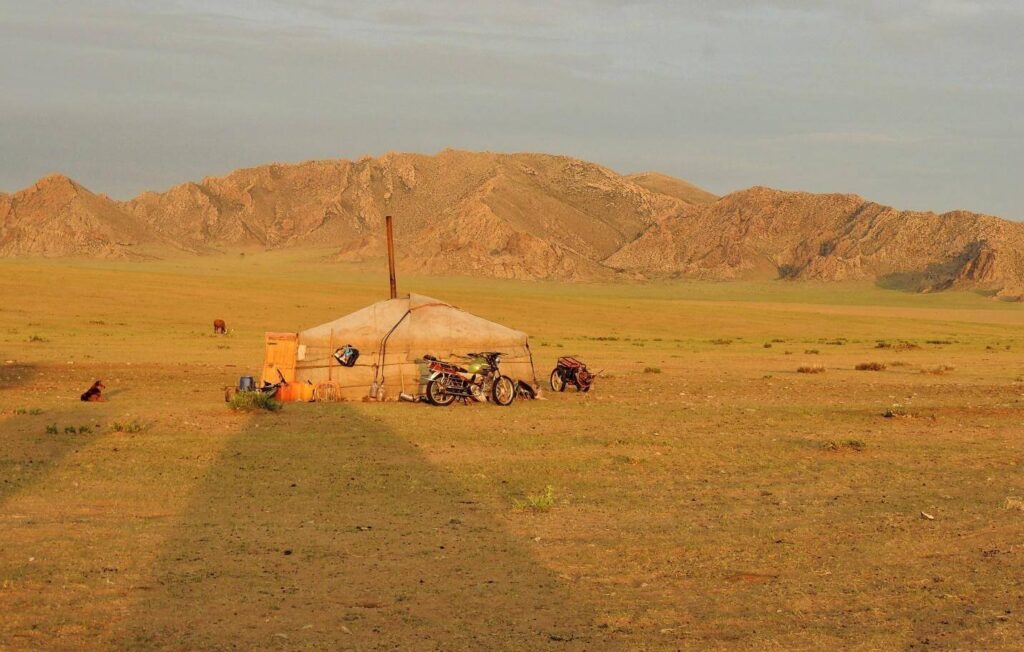
However, that’s not boring at all! Approximately 15 species of rodents live around our camp, among them you can find hamsters and jerboas.
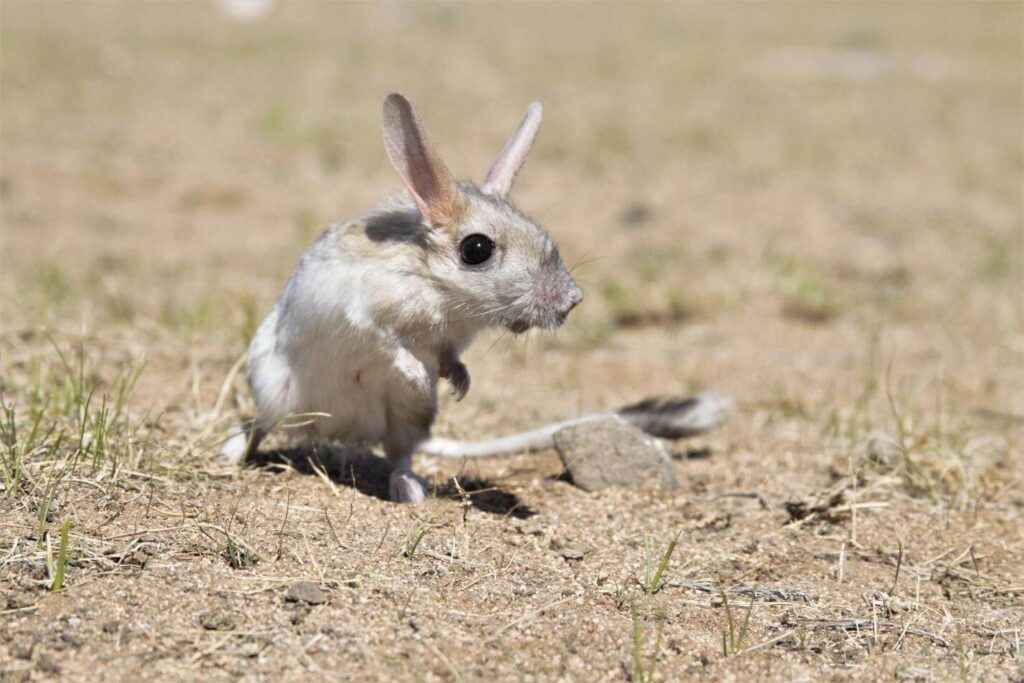
Often cinereous vultures rest only 30 meters far from our ger in the early morning while Mongolian gazelle graze slightly further. Hour by hour, day by day, our excitement grows because we have surprises coming up from every corner. Once we reach the mountainous area known as “the sacred mountain” just 4 km away from our camp, steppe eagles, bearded vultures, golden eagles, upland buzzards and saker falcons fly above us, while the endangered Siberian marmot calls back the colony worried to be predated. We also have the pleasure to observe the Argali sheep, the Siberian Ibex and the huge wapiti deer walking on the cliff, while wolves and Pallas’s cats keep hiding behind the rocks.
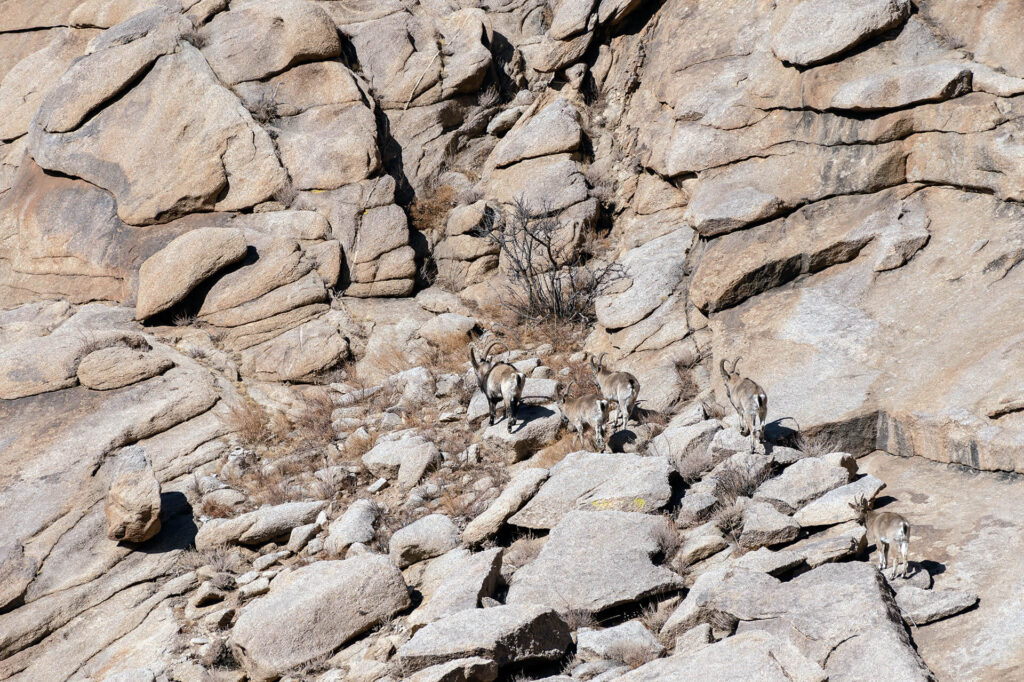
Now, let’s move to the Khariin Nuur, and let’s check if there is some water in this salty lake laying just 1 km south to the sacred mountain, hoping to see some migratory or aquatic birds resting there. Yes! The demoiselle cranes are there, with ruddy shelducks and many other species, while some bar-headed goose are flying very high above us.
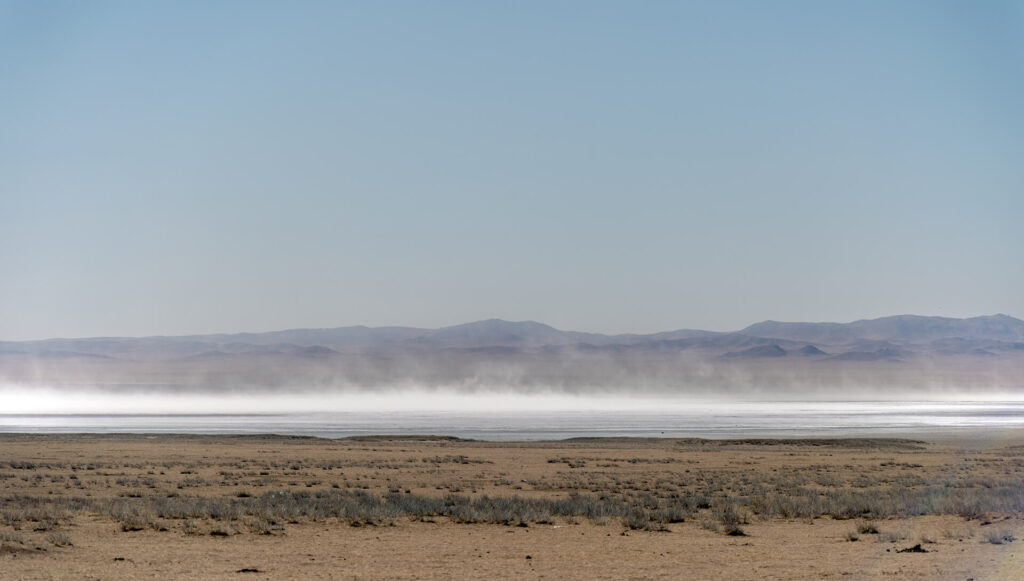

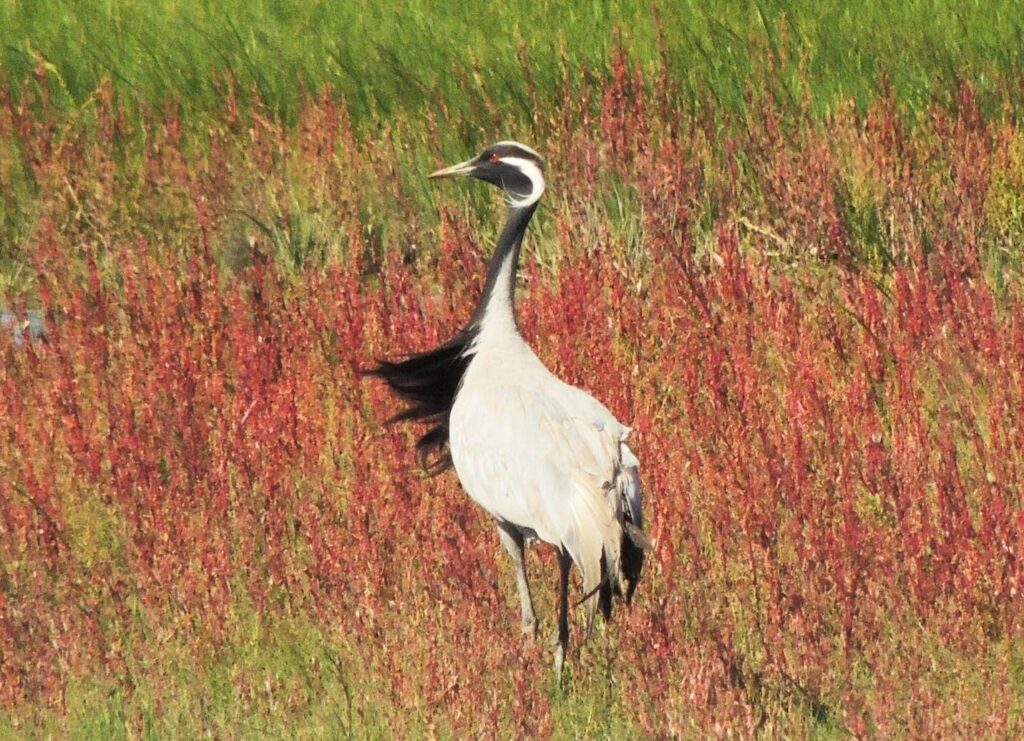
But let’s move 15 km toward east where 30 km2 of sand dunes are waiting for us.
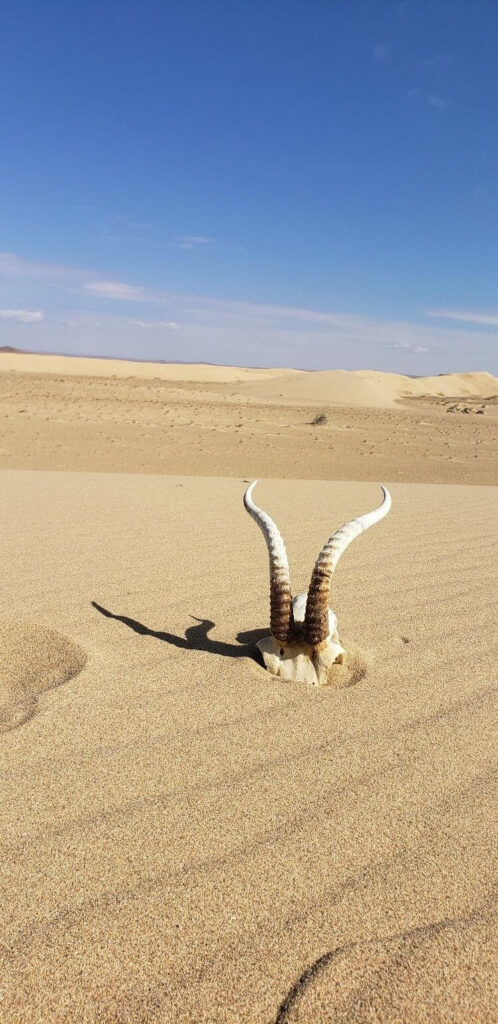
Some peculiar species of the steppe are here, from the Siberian pit viper to the Mongolian gazelle, but we can find other species such as the toad-head agama with its wonderful colors or the Northern three-toed jerboa!

It’s time to go back to the camp and enjoy the sunshine next to the sacred mountain and keep the light off to avoid beetles and moths…
